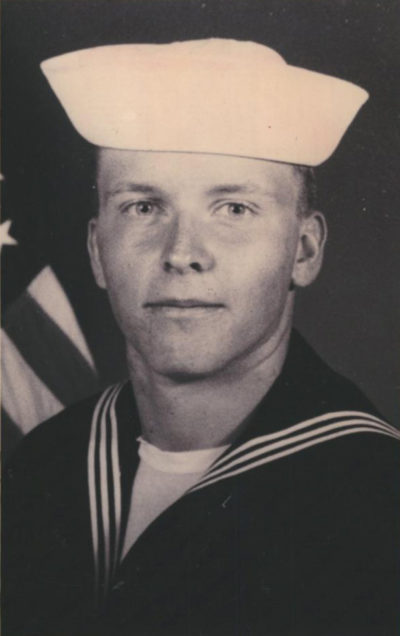Allen Schindler (Allen Schindler)

Schindler was from a naval family in Chicago Heights, Illinois and was serving as a radioman on the amphibious assault ship USS Belleau Wood in Sasebo, Nagasaki. According to several of his friends, Schindler had complained repeatedly of anti-gay harassment to his chain of command in March and April 1992, citing incidents such as the gluing-shut of his locker and frequent comments from shipmates such as “There’s a faggot on this ship and he should die”. Allen Schindler had begun the separation process to leave the Navy, but his superiors insisted he remain on his ship until the process was finished. Though he knew his safety was at risk, Schindler obeyed orders. While on transport from San Diego, California to Sasebo, the USS Belleau Wood (LHA-3) made a brief stop in Pearl Harbor, Hawaii. Afterward en route to Japan, Schindler made a personal prank announcement “2-Q-T-2-B-S-T-R-8” (too cute to be straight) on secure lines reaching much of the Pacific Fleet. When he appeared at captain’s mast for the unauthorized radio message, he requested that the hearing be closed. It was open, with two hundred to three hundred people in attendance. Schindler was put on restrictive leave and was unable to leave the ship until a few weeks after arriving at Sasebo and four days before his death.
Airman Apprentice Terry M. Helvey, who was a member of the ship’s weather department (OA Division, Operations Department), stomped Allen Schindler to death in a toilet in a park in Sasebo, Nagasaki. A key witness, Jonathan W. saw Helvey jump on Schindler’s body while singing, and blood was gushing from Schindler’s mouth as he attempted to breathe. Schindler was left lying on the bathroom floor until the Shore Patrol and the key witness to the incident carried out Schindler’s body to the nearby Albuquerque Bridge. Schindler had “at least four fatal injuries to the head, chest, and abdomen,” his head was crushed, ribs broken, and his penis cut, and he had “sneaker-tread marks stamped on his forehead and chest”, destroying “every organ in his body”, leaving behind a “nearly unrecognizable corpse.” The key witness was requested to explain in detail to the military court what the crime scene looked like, but would not because Schindler’s mother and sister were present in the courtroom. His family was only able to identify him by the tattoo on his arm.
The Navy was less than forthcoming about the details of the killing, both to the news media and to the victim’s family, especially his mother, Dorothy Hajdys. Navy Officials failed to include his belongings: the log book Allen kept of his time on board, and his record of harassment he was receiving on the advice of friends. In the wake of Allen Schindler’s murder, the Navy denied that it had received any complaints of harassment and refused to speak publicly about the case or to release the Japanese police report on the murder. The medical examiner compared Schindler’s injuries to those sustained by a victim of a fatal horse trampling saying they were worse “than the damage to a person who’d been stomped by a horse; they were similar to what might be sustained in a high-speed car crash or a low-speed aircraft accident.” At the wake in the family’s home in Chicago, his mother and sister could only identify him by the tattoos on his arm as his face was disfigured.
Born
- December, 13, 1969
- USA
- Chicago Heights, Illinois
Died
- October, 27, 1992
- Japan
- Sasebo, Nagasaki
Cause of Death
- stomped to death

